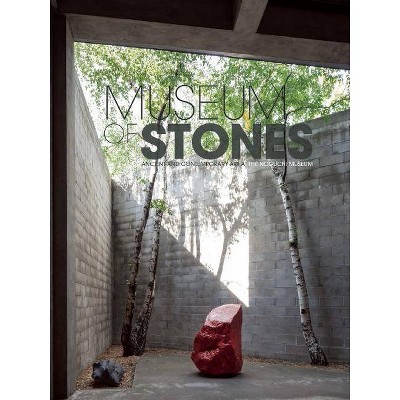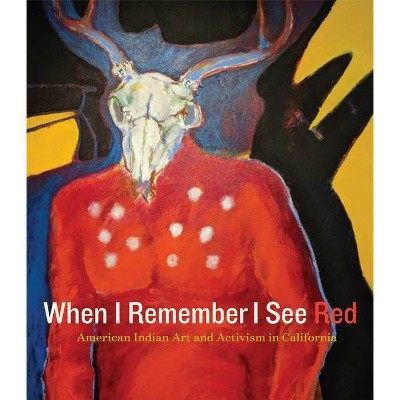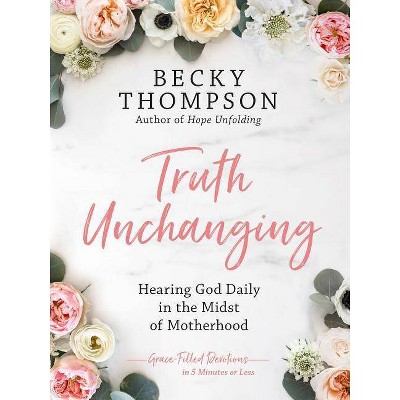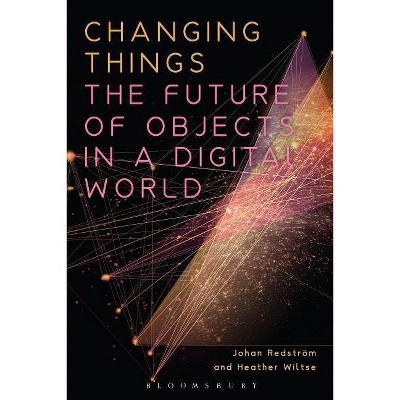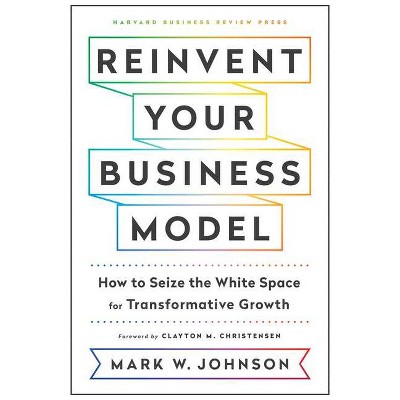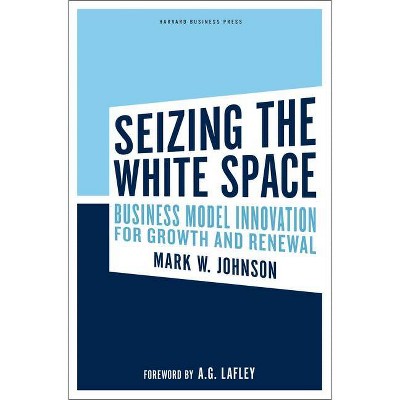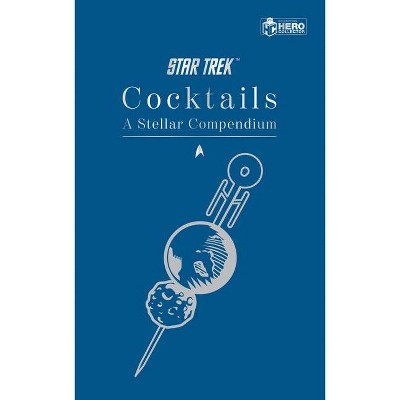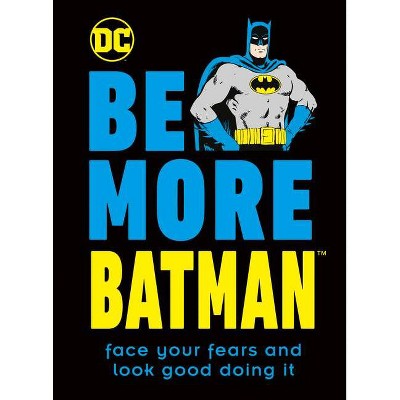Changing and Unchanging Things - by Dakin Hart & Mark Dean Johnson (Hardcover)
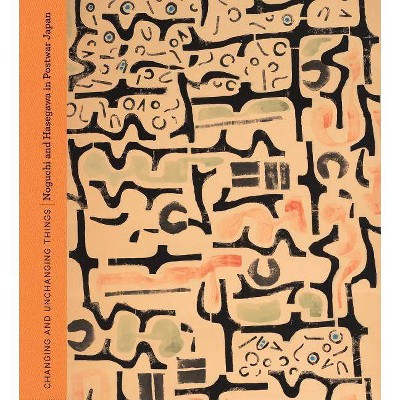
Similar Products
Products of same category from the store
AllProduct info
<p/><br></br><p><b> About the Book </b></p></br></br>"In May 1950 Isamu Noguchi (1904-88) returned to Japan for his first visit in 20 years. He was, Noguchi said, seeking models for evolving the relationship between sculpture and society--having emerged from the war years with a profound desire to reorient his work "toward some purposeful social end." The artist Saburo Hasegawa (1906-57) was a key figure for Noguchi during this period, making introductions to Japanese artists, philosophies, and material culture. Hasegawa, who had mingled with the European avant-garde during time spent as a painter in Paris in the 1930s, was, like Noguchi, seeking an artistic hybridity. By the time Hasegawa and Noguchi met, both had been thinking deeply about the balance between tradition and modernity, and indigenous and foreign influences, in the development of traditional cultures for some time. The predicate of their intense friendship was a thorough exploration of traditional Japanese culture within the context of seeking what Noguchi termed "an innocent synthesis" that "must rise from the embers of the past." Changing and Unchanging Things is an account of how their joint exploration of traditional Japanese culture influenced their contemporary and subsequent work. The 40 masterpieces in the exhibition--by turns elegiac, assured, ambivalent, anguished, euphoric, and resigned--are organized into the major overlapping subjects of their attention: the landscapes of Japan, the abstracted human figure, the fragmentation of matter in the atomic age, and Japan's traditional art forms"--Provided by publisher.<p/><br></br><p><b> Book Synopsis </b></p></br></br>In May 1950 Isamu Noguchi (1904-88) returned to Japan for his first visit in 20 years. He was, Noguchi said, seeking models for evolving the relationship between sculpture and society--having emerged from the war years with a profound desire to reorient his work "toward some purposeful social end." The artist Saburo Hasegawa (1906-57) was a key figure for Noguchi during this period, making introductions to Japanese artists, philosophies, and material culture. Hasegawa, who had mingled with the European avant-garde during time spent as a painter in Paris in the 1930s, was, like Noguchi, seeking an artistic hybridity. By the time Hasegawa and Noguchi met, both had been thinking deeply about the balance between tradition and modernity, and indigenous and foreign influences, in the development of traditional cultures for some time. The predicate of their intense friendship was a thorough exploration of traditional Japanese culture within the context of seeking what Noguchi termed "an innocent synthesis" that "must rise from the embers of the past." <p/><i>Changing and Unchanging Things</i> is an account of how their joint exploration of traditional Japanese culture influenced their contemporary and subsequent work. The 40 masterpieces in the exhibition--by turns elegiac, assured, ambivalent, anguished, euphoric, and resigned--are organized into the major overlapping subjects of their attention: the landscapes of Japan, the abstracted human figure, the fragmentation of matter in the atomic age, and Japan's traditional art forms. <p/> Published in association with The Noguchi Museum. <p/> Exhibition dates: <br> Yokohama Museum of Art, Japan: January 12-March 21, 2019 <br> The Noguchi Museum, New York: May 1-July 14, 2019 <br> Asian Art Museum, San Francisco: September 27-December 8, 2019<p/><br></br><p><b> Review Quotes </b></p></br></br><br>"Will undoubtedly be an important reference for future studies on Hasegawa, Noguchi, and postwar art by Japanologists and non-Japanologists alike."-- "Journal of Japanese Studies"<br><p/><br></br><p><b> About the Author </b></p></br></br><b>Dakin Hart </b>is Senior Curator of the Isamu Noguchi Foundation and Garden Museum. <p/><b>Mark Dean Johnson</b> is Professor of Art at San Francisco State University.
Price History
Price Archive shows prices from various stores, lets you see history and find the cheapest. There is no actual sale on the website. For all support, inquiry and suggestion messages communication@pricearchive.us
